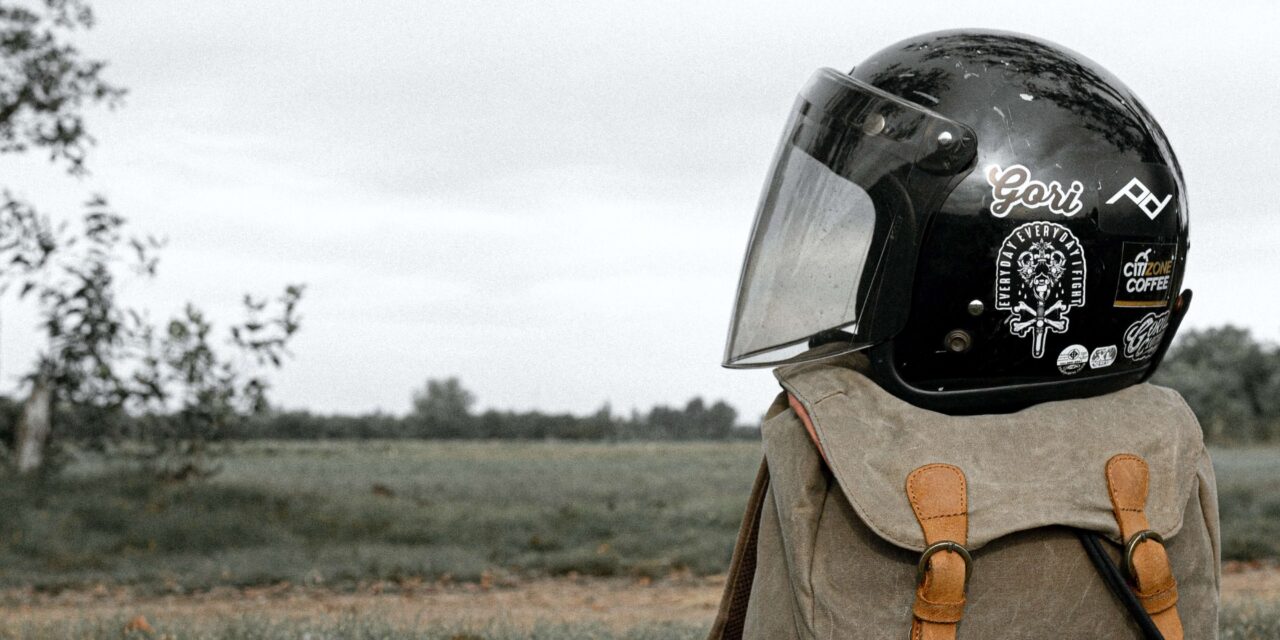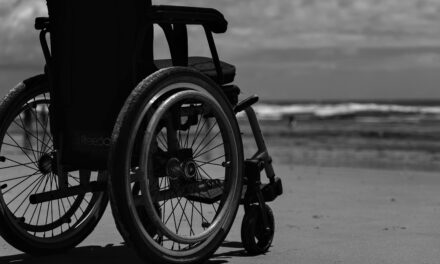
Motorcycle Safety Equipment: Effectiveness and Legal Requirements

Motorcycle safety equipment plays a critical role in protecting riders from injuries and minimizing the severity of accidents. Wearing appropriate safety gear is not only important for personal protection but is also often legally required. In this article, we will discuss the effectiveness of motorcycle safety equipment and the legal requirements that riders must adhere to.
Helmet
Helmets are the most crucial safety equipment for motorcycle riders. Wearing a helmet can significantly reduce the risk of head injuries and fatalities in the event of an accident. A well-fitted, Department of Transportation (DOT)-approved helmet provides impact protection, helps absorb shock, and shields the head from potential injuries caused by collisions or falls. Many jurisdictions have laws mandating the use of helmets for all riders or specific age groups.
Protective Clothing
Protective clothing, such as jackets, pants, and gloves, serves multiple purposes. It offers abrasion resistance in case of a slide or fall, protects against road debris, and minimizes the risk of severe friction burns. Motorcycle-specific protective clothing often includes built-in armor and padding in critical areas, such as the shoulders, elbows, knees, and back, providing additional impact protection. While not universally required by law, wearing appropriate protective clothing is strongly recommended to enhance rider safety.
Eye Protection
Eye protection is essential to shield the eyes from wind, debris, insects, and other potential hazards. Proper eye protection can prevent distractions, maintain clear vision, and reduce the risk of eye injuries. Options for eye protection include full-face helmets with built-in visors, goggles, or shatter-resistant glasses. Some jurisdictions require riders to wear eye protection, particularly when helmets without face shields are used.
Footwear
Sturdy footwear is crucial for protecting the feet and ankles while riding a motorcycle. Motorcycle-specific boots provide ankle support, impact protection, and enhanced grip on foot controls. They help minimize the risk of foot and ankle injuries in the event of an accident or sudden stops. While not always legally required, wearing proper footwear is highly recommended for rider safety.
Reflective Gear
Reflective gear, such as reflective vests or clothing, improves visibility for riders, especially in low-light or nighttime conditions. Reflective materials increase the chances of other motorists seeing the motorcycle, reducing the risk of accidents caused by lack of visibility. While not universally required, wearing reflective gear is a proactive safety measure that can enhance rider visibility on the road.
Legal Requirements
The legal requirements for motorcycle safety equipment vary by jurisdiction. It is essential for riders to familiarize themselves with the specific laws and regulations in their area. This includes understanding the mandatory use of helmets, eye protection, and other safety gear, as well as any age restrictions or additional requirements imposed by local authorities.
Conclusion
Motorcycle safety equipment is highly effective in protecting riders and reducing the severity of injuries in accidents. While legal requirements for safety gear may vary, it is strongly recommended that riders prioritize their safety by wearing helmets, protective clothing, eye protection, and proper footwear. By adhering to safety equipment requirements and adopting proactive safety measures, motorcyclists can significantly enhance their safety on the road.








